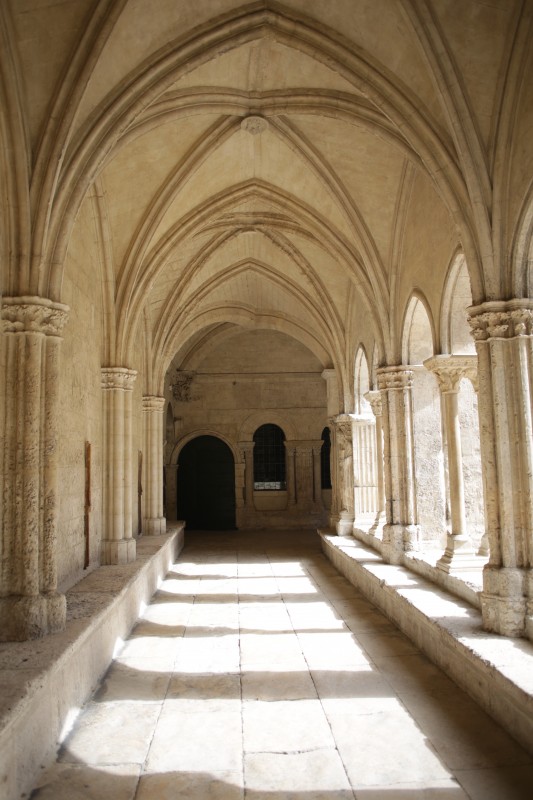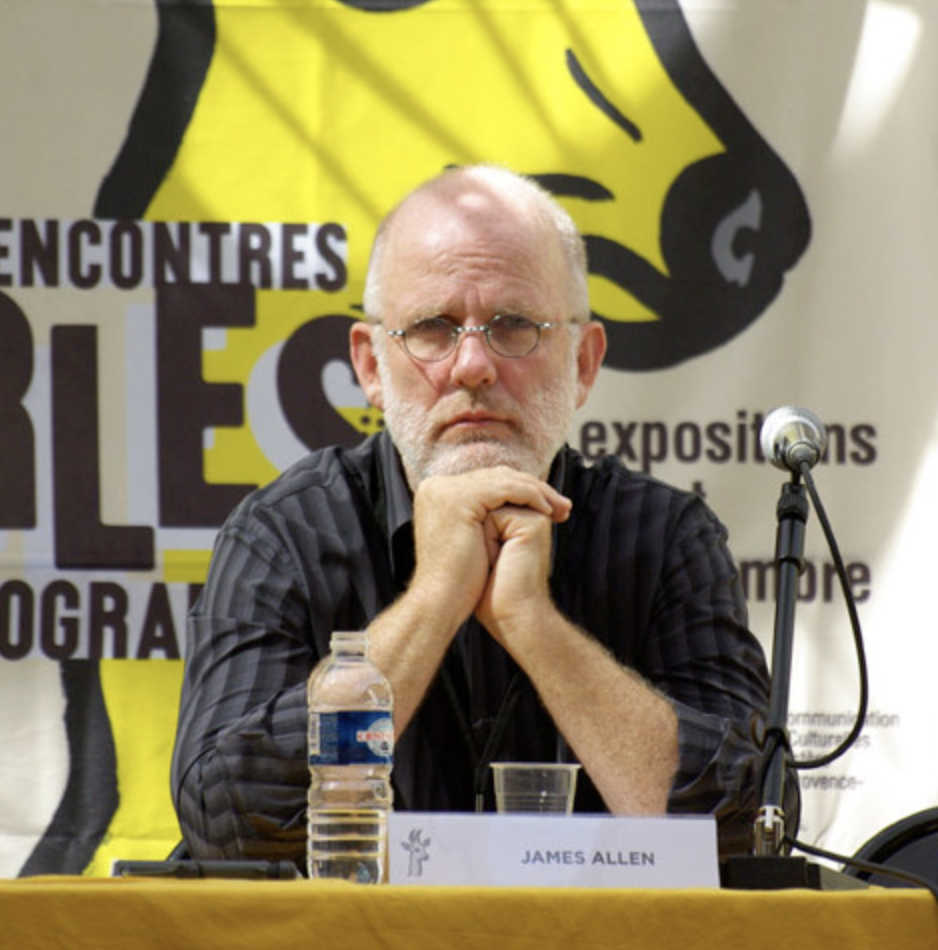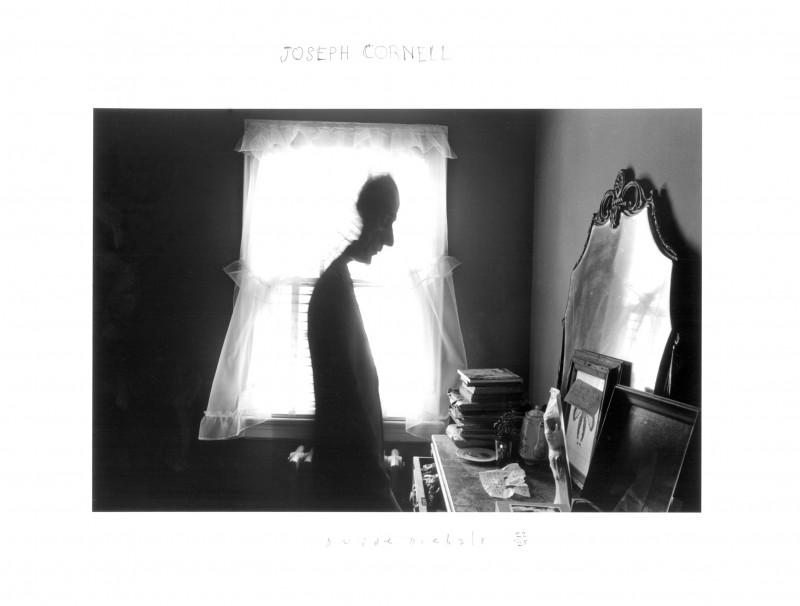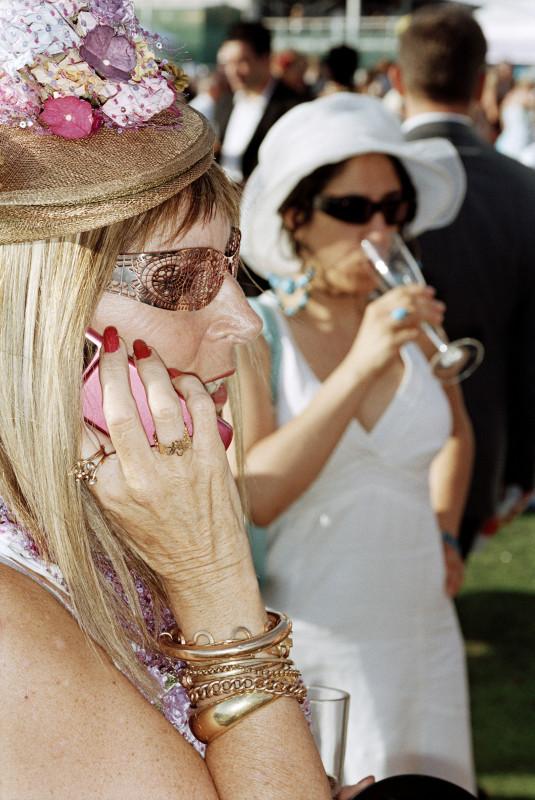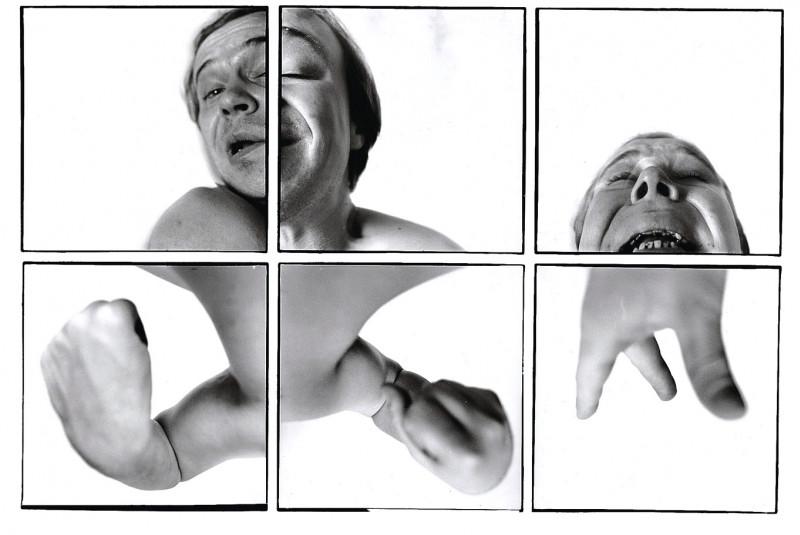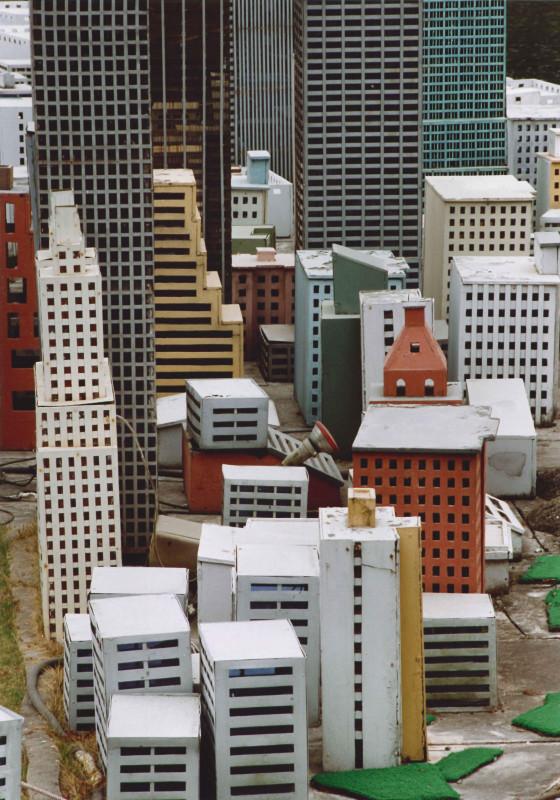Edition 2009
DOCUMENT
WITHOUT SANCTUARY, Photographs and postcards of lynchings throughout America
These are photos of my mother’s time, and of her mother’s time, and still, of the first woman in our line to
set foot on Freedom’s Shore. These are the photos that racists took.
Captured in the photos are crimes that no nation could defend: not a nation imperilled by war, or famine, or
under threat of cultural extinction. Yet, white America, for centuries, committed crimes of extreme inhumanity with impunity.
The crimes were premeditated, the perpetrators known. They selected their victims from among the most
defenseless: blacks, Asians, Latinos, women, children. They overwhelmed their victims, at times, in such terrible numbers that all connection to civilisation was severed. The images in the collection reach back to the abolition of slavery, won in 1865, late, and then only by force of war. The pictures are built upon the earlier privileges of
white Americans, who held captive millions of people of African descent to labour under the spectre of death. If we ask the photos, they will speak to us of killings to come. Thus, in each image is a fan of time—held in the past, opening the future. As the tears and anger of the descendents of the victims attest, the cuts are fresh and the lacerations weep.
Photography brought a new realism to America’s centuries of racial ambition. When the modern photographic world opened to Americans of average income, the camera became yet another means to reaffirm blacks as lesser humans. But a dispirited lens focused inward to a dark continent— a sadistic mass in the American soul.
The photographs and postcards exhibited here are the originals, of the period. The images in the exhibition are un-doctored, except for certain colour enhancements the photographers made to increase marketability, and - in a nod to Christian mores—the genitals of the victims are most often obscured. As such, these untouched photos are indisputable evidence of the killings. They track the killers. Even without this material evidence, the killers were well known to the offending communities: they wore no masks, and often worked at the height of noon. The killings were easy to digest; the victims were ‘just niggers.’ The official investigations almost invariably found that the victims, ‘Died at the hands of persons unknown.’
Competent photographers overcame the challenges of unfavourable light, aroused mobs, and inclement weather. Reports say the nights were lit like day with storms of Kodaks flashing that ensnared the corpses and flattened the revellers’ faces. The spectators and the perpetrators wanted more than a memory of the killing; they wanted a keepsake of a once in a life time event. Were it but once. The killings never really stop. The photos provided sufficient status that Americans pasted them in family photo albums, framed and hung them on the walls in their places of business and homes, and featured them prominently in shop vitrines. The postcard of the immolation of Jesse Washington was discovered on a shelf in a work shed, snugly rolled up in a coffee can with a panoramic photo of a Ku Klux Klan rally. I purchased the postcard of the charred corpse of William Stanley from the family of a railroad worker, Joe Meyers, who sent it home with a humorous message for his mom and dad, ‘This is the barbecue we had last night.’
The more enterprising photographers documented the killings in a series of pictures that ‘walked’ the viewer through the hunt, the seizing, the killing. The twelve photos of the Cairo, Illinois, killing of William James in 1909 open with an unflattering, close portrait of James centred in an oval. It culminates with James’ head, unrecognisable as human, skewered to a fence post in the town park.
Photographers obtained extraordinary access to the victims. When the folks at Statesboro, Georgia were burning Paul Reed and Will Cato at the stake, they were in a state of great excitement, loud and pressing in on the agonised men. After several requests, they gave way for a photographer to take the gruesome photo, which later they were able to purchase by mail order. The painfully raw image of Jesse Washington, still alive, prostrate on flaming wooden crates, chained to an oak tree, was taken in May of 1916 from the mayor’s office window, as the mayor watched.
How did we withstand the pain of maiming others?
And where are these men, and what of their families, who in plain sight, on sunny days, or in drizzling rain, or full bloom of night, loomed so large before so many, as they laid hot pokers to curl the skin of other men, or raped their wives after other men had, or chased down black families and shot them like ‘squirrels.’ Did they shrink back into the day, forgotten? Did they wash up before going home, or before rejoining their families in the congregational pew? Those godforsaken years of my mother’s time, and of her mother’s time, have never really drawn to a close.The children of the missing and the stolen live amongst us, wondering what might have been—not to ever know.
What is missing in these photographs is shame.
But where there was no shame, there was dignity. And I want one day to find within myself the dignity of an African American mother who in the spring of 1906 watched throughout Easter Sunday night from a hidden place on a nearby hill, as they burned the body of her son to ash. I want one day to find within a like courage to that of the mother waiting for the whole deed to be done, and the last of the drunken stragglers to head home. Then, with no one at her side but the craven, Grief, she crept down to the burning place, and scooped into a shoebox what ashes of her boy were left, that the mob had not taken, and the wind had not swept.
James Allen
set foot on Freedom’s Shore. These are the photos that racists took.
Captured in the photos are crimes that no nation could defend: not a nation imperilled by war, or famine, or
under threat of cultural extinction. Yet, white America, for centuries, committed crimes of extreme inhumanity with impunity.
The crimes were premeditated, the perpetrators known. They selected their victims from among the most
defenseless: blacks, Asians, Latinos, women, children. They overwhelmed their victims, at times, in such terrible numbers that all connection to civilisation was severed. The images in the collection reach back to the abolition of slavery, won in 1865, late, and then only by force of war. The pictures are built upon the earlier privileges of
white Americans, who held captive millions of people of African descent to labour under the spectre of death. If we ask the photos, they will speak to us of killings to come. Thus, in each image is a fan of time—held in the past, opening the future. As the tears and anger of the descendents of the victims attest, the cuts are fresh and the lacerations weep.
Photography brought a new realism to America’s centuries of racial ambition. When the modern photographic world opened to Americans of average income, the camera became yet another means to reaffirm blacks as lesser humans. But a dispirited lens focused inward to a dark continent— a sadistic mass in the American soul.
The photographs and postcards exhibited here are the originals, of the period. The images in the exhibition are un-doctored, except for certain colour enhancements the photographers made to increase marketability, and - in a nod to Christian mores—the genitals of the victims are most often obscured. As such, these untouched photos are indisputable evidence of the killings. They track the killers. Even without this material evidence, the killers were well known to the offending communities: they wore no masks, and often worked at the height of noon. The killings were easy to digest; the victims were ‘just niggers.’ The official investigations almost invariably found that the victims, ‘Died at the hands of persons unknown.’
Competent photographers overcame the challenges of unfavourable light, aroused mobs, and inclement weather. Reports say the nights were lit like day with storms of Kodaks flashing that ensnared the corpses and flattened the revellers’ faces. The spectators and the perpetrators wanted more than a memory of the killing; they wanted a keepsake of a once in a life time event. Were it but once. The killings never really stop. The photos provided sufficient status that Americans pasted them in family photo albums, framed and hung them on the walls in their places of business and homes, and featured them prominently in shop vitrines. The postcard of the immolation of Jesse Washington was discovered on a shelf in a work shed, snugly rolled up in a coffee can with a panoramic photo of a Ku Klux Klan rally. I purchased the postcard of the charred corpse of William Stanley from the family of a railroad worker, Joe Meyers, who sent it home with a humorous message for his mom and dad, ‘This is the barbecue we had last night.’
The more enterprising photographers documented the killings in a series of pictures that ‘walked’ the viewer through the hunt, the seizing, the killing. The twelve photos of the Cairo, Illinois, killing of William James in 1909 open with an unflattering, close portrait of James centred in an oval. It culminates with James’ head, unrecognisable as human, skewered to a fence post in the town park.
Photographers obtained extraordinary access to the victims. When the folks at Statesboro, Georgia were burning Paul Reed and Will Cato at the stake, they were in a state of great excitement, loud and pressing in on the agonised men. After several requests, they gave way for a photographer to take the gruesome photo, which later they were able to purchase by mail order. The painfully raw image of Jesse Washington, still alive, prostrate on flaming wooden crates, chained to an oak tree, was taken in May of 1916 from the mayor’s office window, as the mayor watched.
How did we withstand the pain of maiming others?
And where are these men, and what of their families, who in plain sight, on sunny days, or in drizzling rain, or full bloom of night, loomed so large before so many, as they laid hot pokers to curl the skin of other men, or raped their wives after other men had, or chased down black families and shot them like ‘squirrels.’ Did they shrink back into the day, forgotten? Did they wash up before going home, or before rejoining their families in the congregational pew? Those godforsaken years of my mother’s time, and of her mother’s time, have never really drawn to a close.The children of the missing and the stolen live amongst us, wondering what might have been—not to ever know.
What is missing in these photographs is shame.
But where there was no shame, there was dignity. And I want one day to find within myself the dignity of an African American mother who in the spring of 1906 watched throughout Easter Sunday night from a hidden place on a nearby hill, as they burned the body of her son to ash. I want one day to find within a like courage to that of the mother waiting for the whole deed to be done, and the last of the drunken stragglers to head home. Then, with no one at her side but the craven, Grief, she crept down to the burning place, and scooped into a shoebox what ashes of her boy were left, that the mob had not taken, and the wind had not swept.
James Allen
This exhibition is the property of the Centre for Civil and Human Rights in Atlanta, Georgia, United States.
It is being shown for the first time outside America, courtesy of its executive director, Doug Shipman.
www.cchrpartnership.org
Framing by Jean-Pierre Gapihan, Paris.
Exhibition presented at the Cloître Saint-Trophime.


